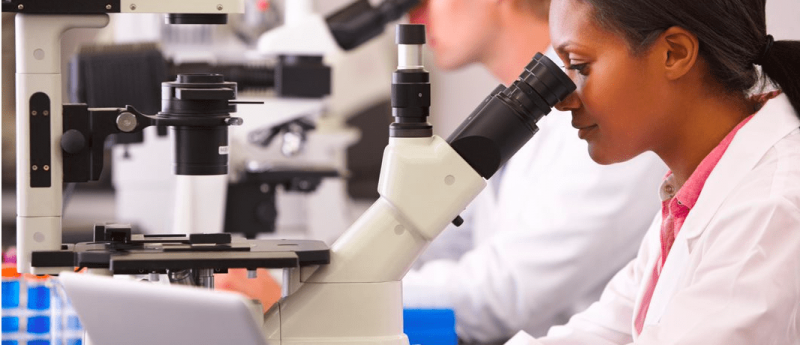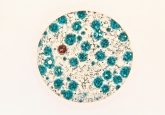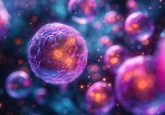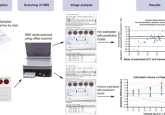Combination of methods resolves previous limitations of high-resolution microscopy

Refer a colleague
Researchers from Julius-Maximilians-Universität (JMU; Würzburg, Germany), the University of Geneva (Geneva, Switzerland) and Monash University (Melbourne, Australia) have developed a method to overcome previous limitations of high-resolution microscopy at imaging cell structures. The team have achieved this by combining the super-resolution microscopy method, dSTORM, with expansion microscopy (ExM).
The dSTORM method, previously developed by the team from JMU, is capable of achieving a molecular resolution of approximately 20 nanometers. ExM was consider as an option to further increase this resolution.
In ExM, the sample to be examined is cross-linked into a swellable polymer. The interaction of the molecules in the sample are deteriorated and the sample is allowed to swell in water. This results in expansion and the molecules to be imaged within the sample drift spatially apart by a factor of four.
However, the two methods could not be previously combined due to the fluorescent dyes and buffer solution used in dSTORM. The fluorescent dye used to label the molecules could not survive the polymerization of the aqueous gels. The buffer solution necessary for dSTORM causes the expanded sample in ExM to shrink to its original size.
In their recent article, published in Nature Communications, the team were able to overcome these issues by choosing to stabilize the gel and immune staining after expansion. As a result, the distance error melts to 5 nanometers when expanded 3.2 times. This meant fluorescence imagining with molecular resolution was possible for the first time.
To demonstrate the effectiveness of their method, the researchers used centrioles (cell structures that have an important role in cell division) and structures composed of tubulin. They were able to visualize the tubulin tubes as hollow cylinders with a diameter of 25 nanometers. The researchers also succeeded in visualizing groups of three tubulin structures at a distance of 15–25 nanometers at the centrioles.
Markus Sauer (JMU) concluded: “For many important cell components, the combination of ExM and dSTORM now enables us to gain detailed insights into molecular function and architecture for the first time.” In the future, the team intends to apply their method to different structures, organelles and multiprotein complexes of the cell.
Sources: Zwettler FU, Reinhard S, Gambarotto D et al. Molecular resolution imaging by post-labeling expansion single-molecule localization microscopy (Ex-SMLM). Nat. Commun. 11(3388), (2020); www.uni-wuerzburg.de/en/news-and-events/news/detail/news/limitations-of-super-resolution-microscopy-overcome

Please enter your username and password below, if you are not yet a member of Bioanalysis Zone remember you can register for free.






